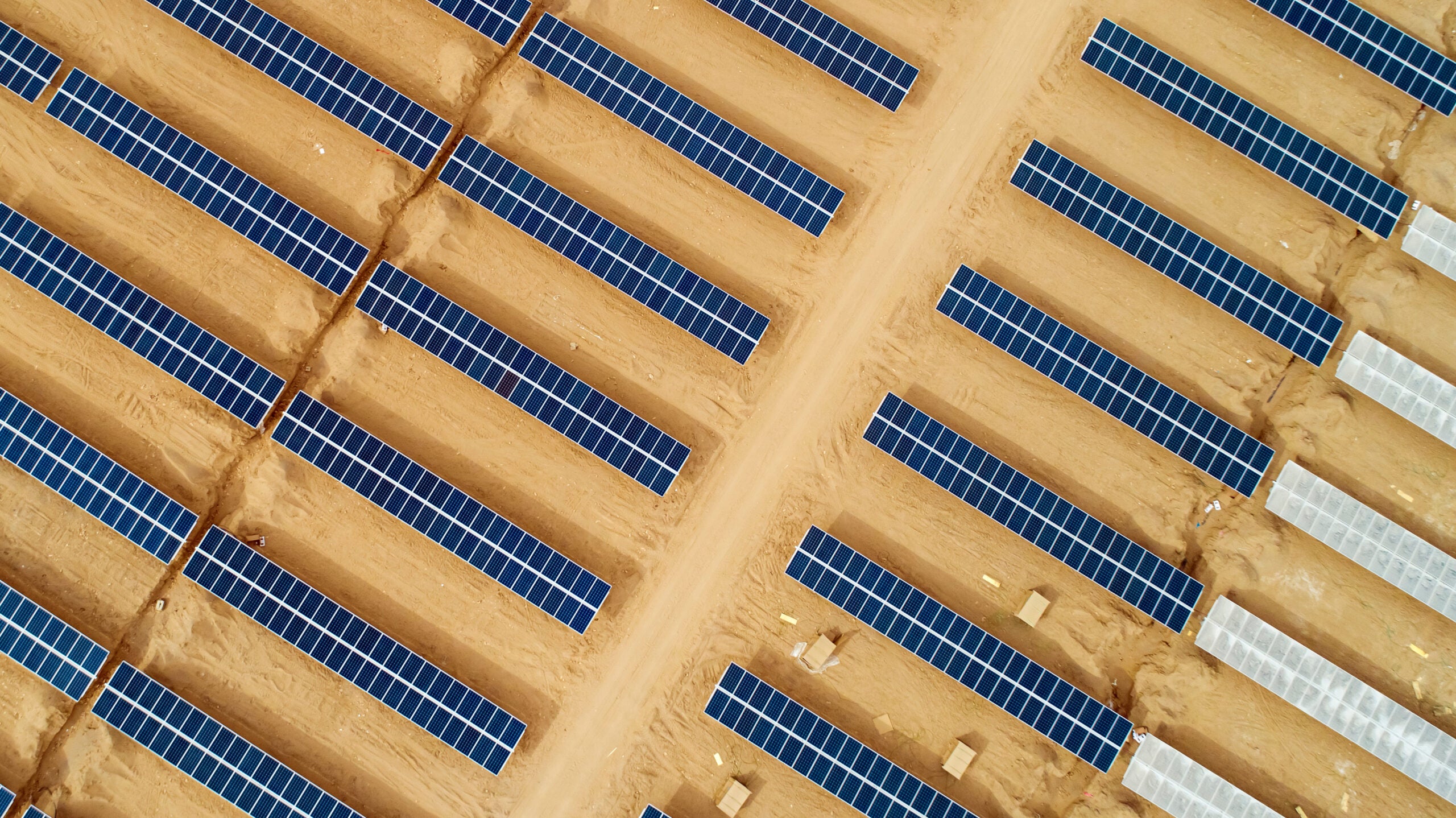BP has reportedly filed an application with the US Federal Energy Regulatory Commission (FERC) to establish a retail power business in the country.
Though BP is one of the largest power traders in North America, it has no retail energy trading business.
How well do you really know your competitors?
Access the most comprehensive Company Profiles on the market, powered by GlobalData. Save hours of research. Gain competitive edge.

Thank you!
Your download email will arrive shortly
Not ready to buy yet? Download a free sample
We are confident about the unique quality of our Company Profiles. However, we want you to make the most beneficial decision for your business, so we offer a free sample that you can download by submitting the below form
By GlobalDataThe firm intends to supply residential customers energy generated from wind, solar and natural gas via the new business.
Citing the filing with the FERC, Reuters reported that the British company intends to supply electricity in California, Illinois, Ohio, Pennsylvania and Texas.
According to the plan, the company will form a new retail energy marketing company BP Retail Energy.
In its filing with FERC, BP said: “BP Energy Retail is a retail energy marketing company that intends to sell electricity products directly to commercial and industrial customers and residential customers.”
The filing also included the sources of electricity generation with which BP Retail Energy is affiliated, which included the company’s onshore wind farms, solar power plants and a natural gas plant in Whiting, Indiana.
In the US, BP generates renewable energy from several onshore wind farms and solar energy through Lightsource BP company, in which it holds a 50% stake.
It is also developing offshore wind farms with Equinor off the East Coast.
However, BP declined to comment on the report.
BP’s latest move to enter the retail energy trading business is in response to the increasing demand for electricity as economies shift away from fossil fuels to address the issue of climate change.
The company has also set a target to increase its renewable energy generation capacity from nearly 3.3GW last year to 50GW in 2030.
It also aims to increase the volume of electricity it trades from 214TWh a year to 500TWh in the same time period.




